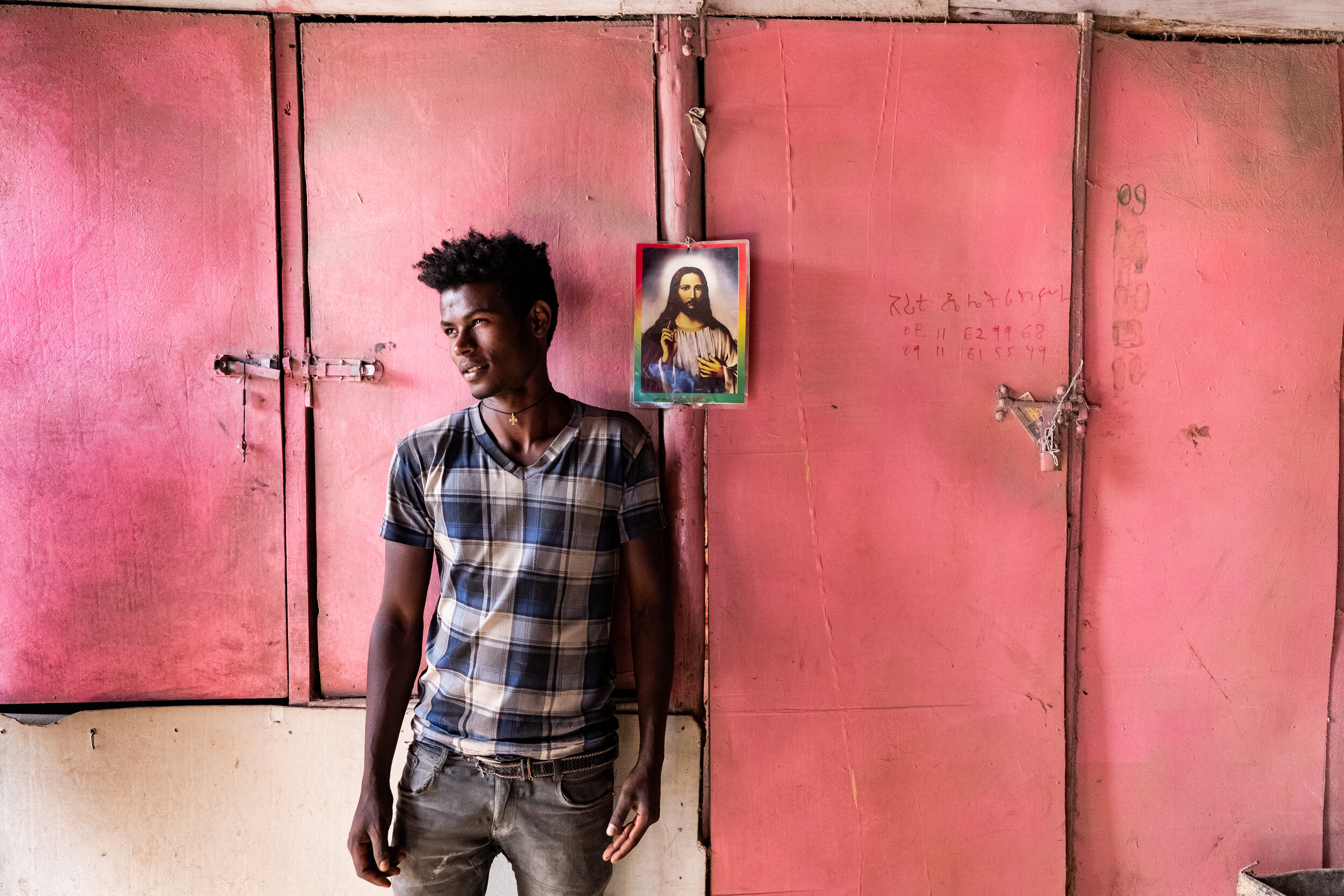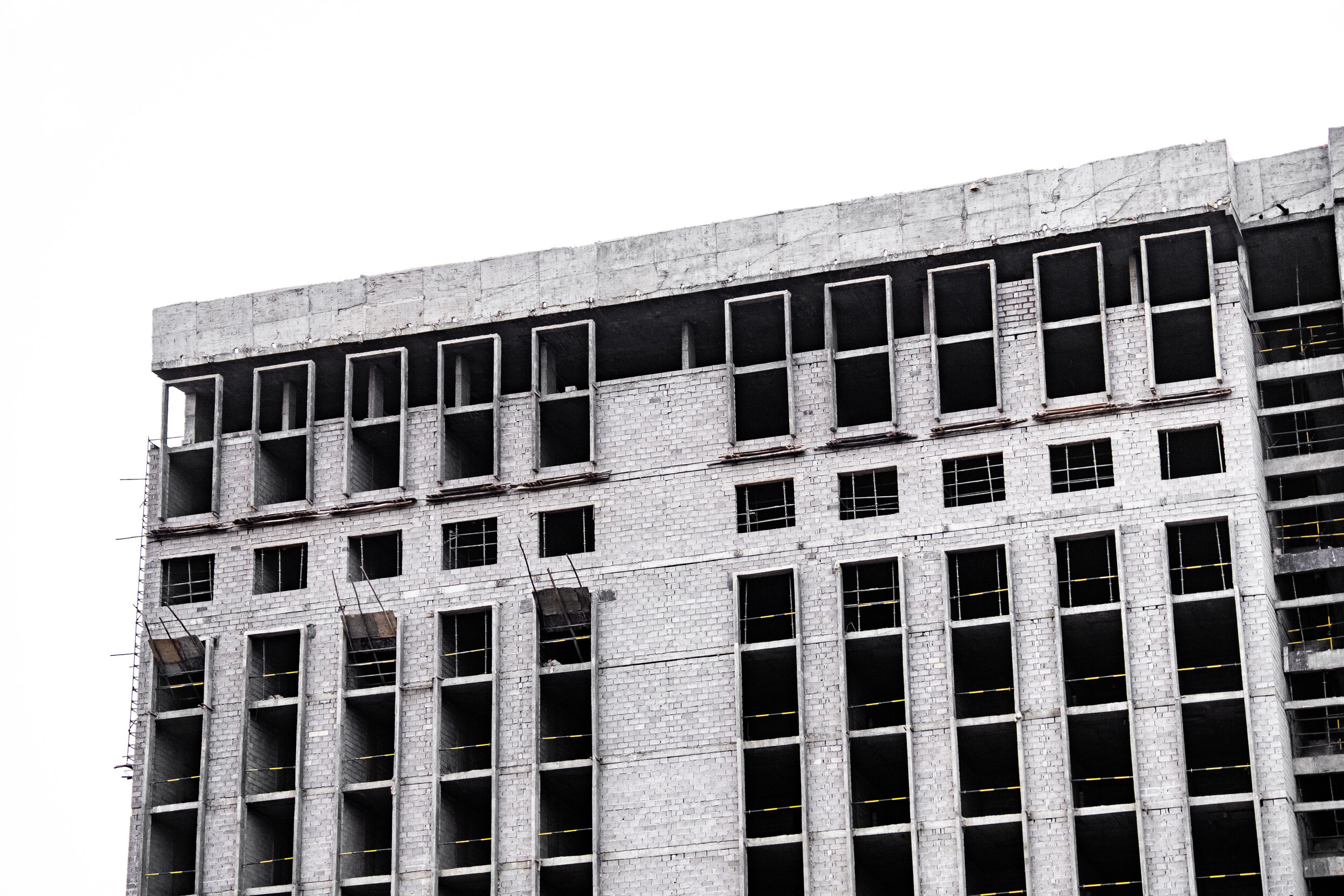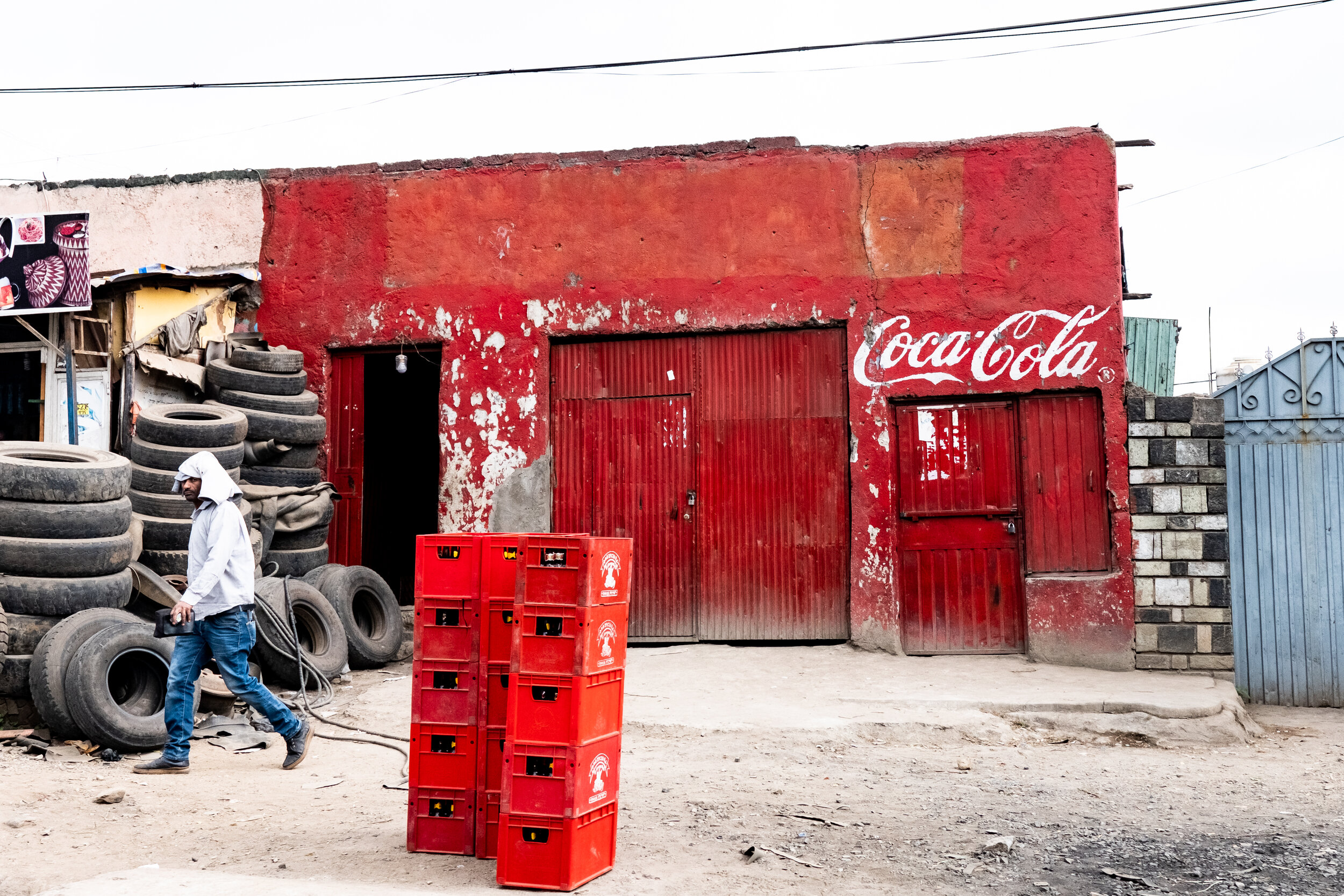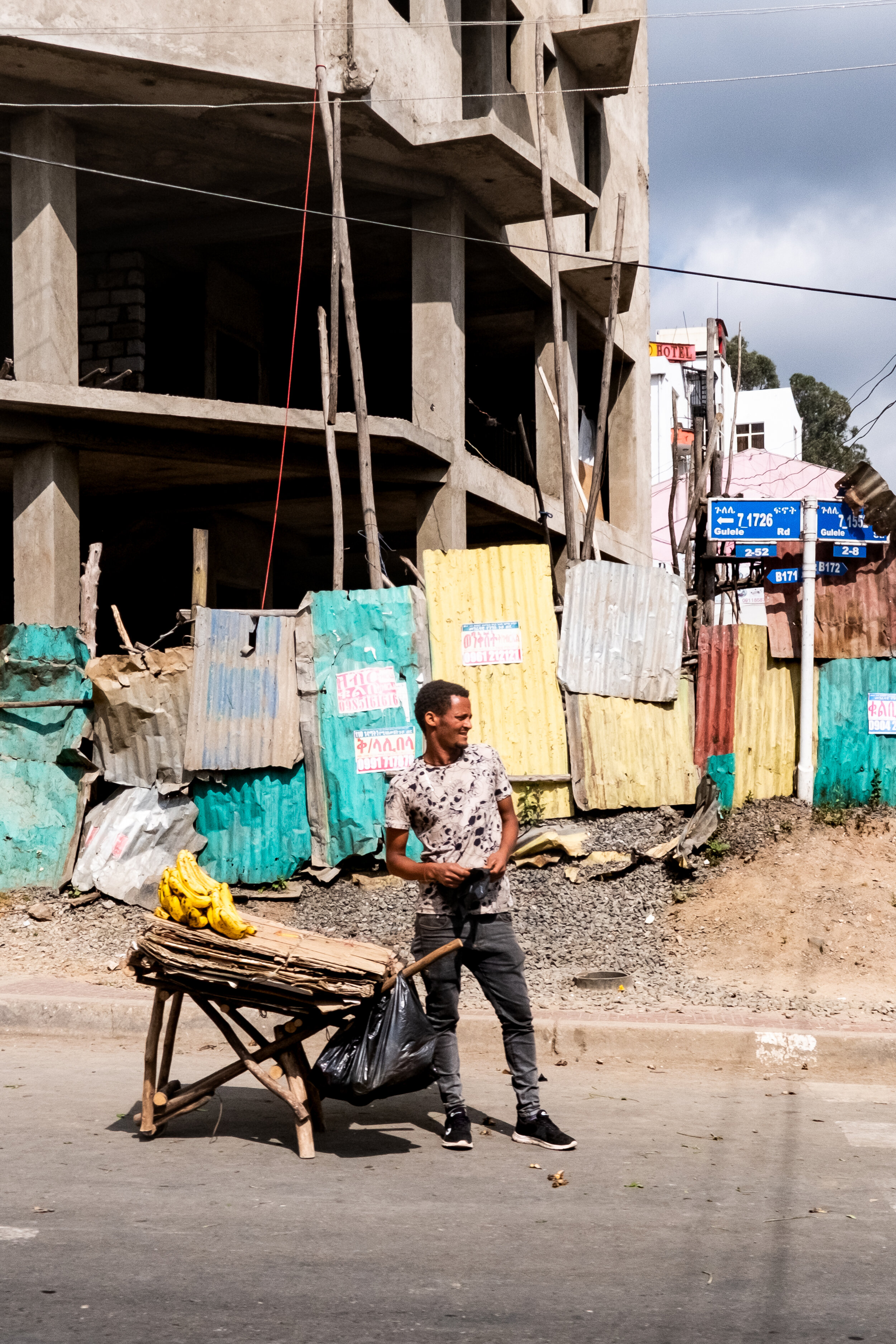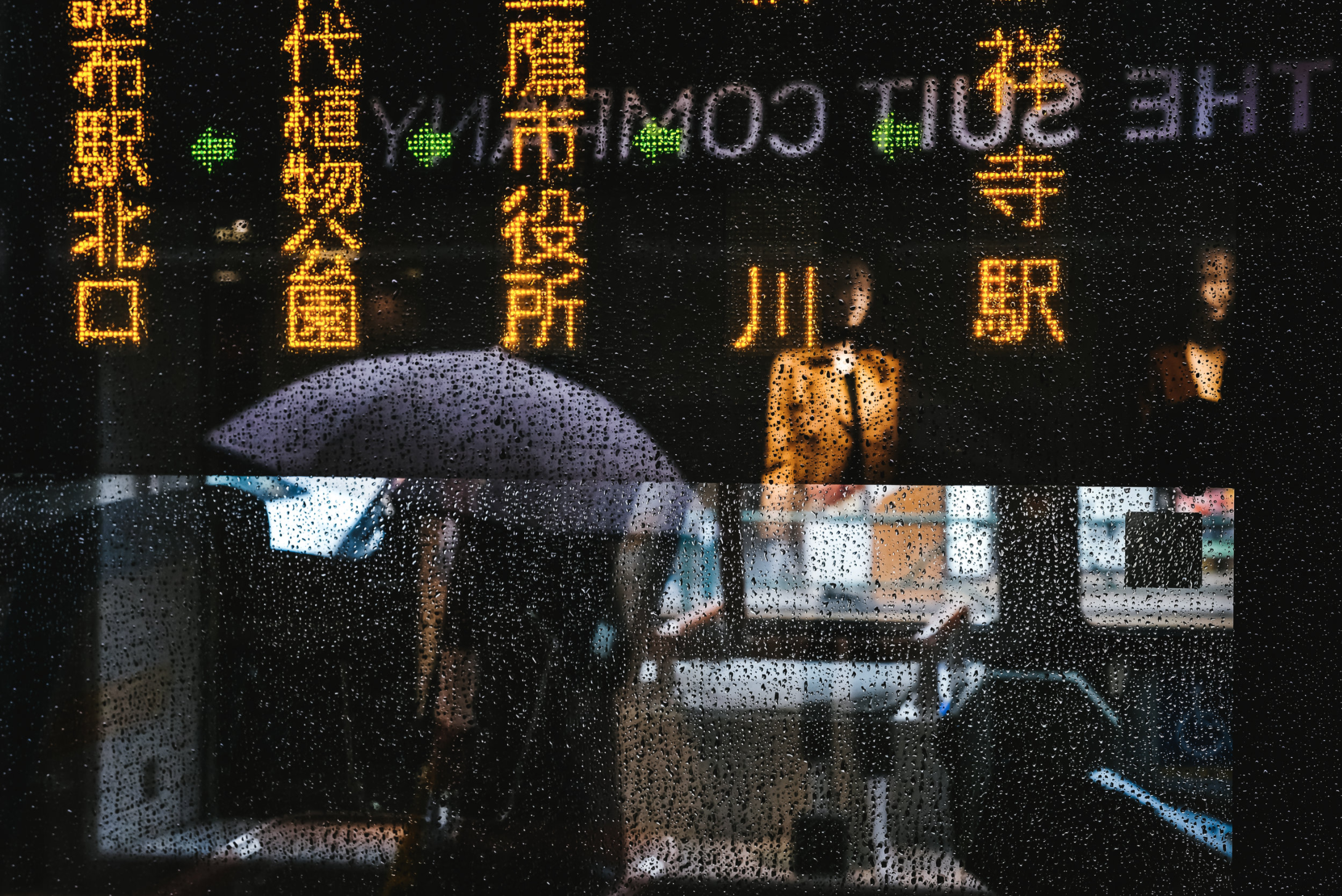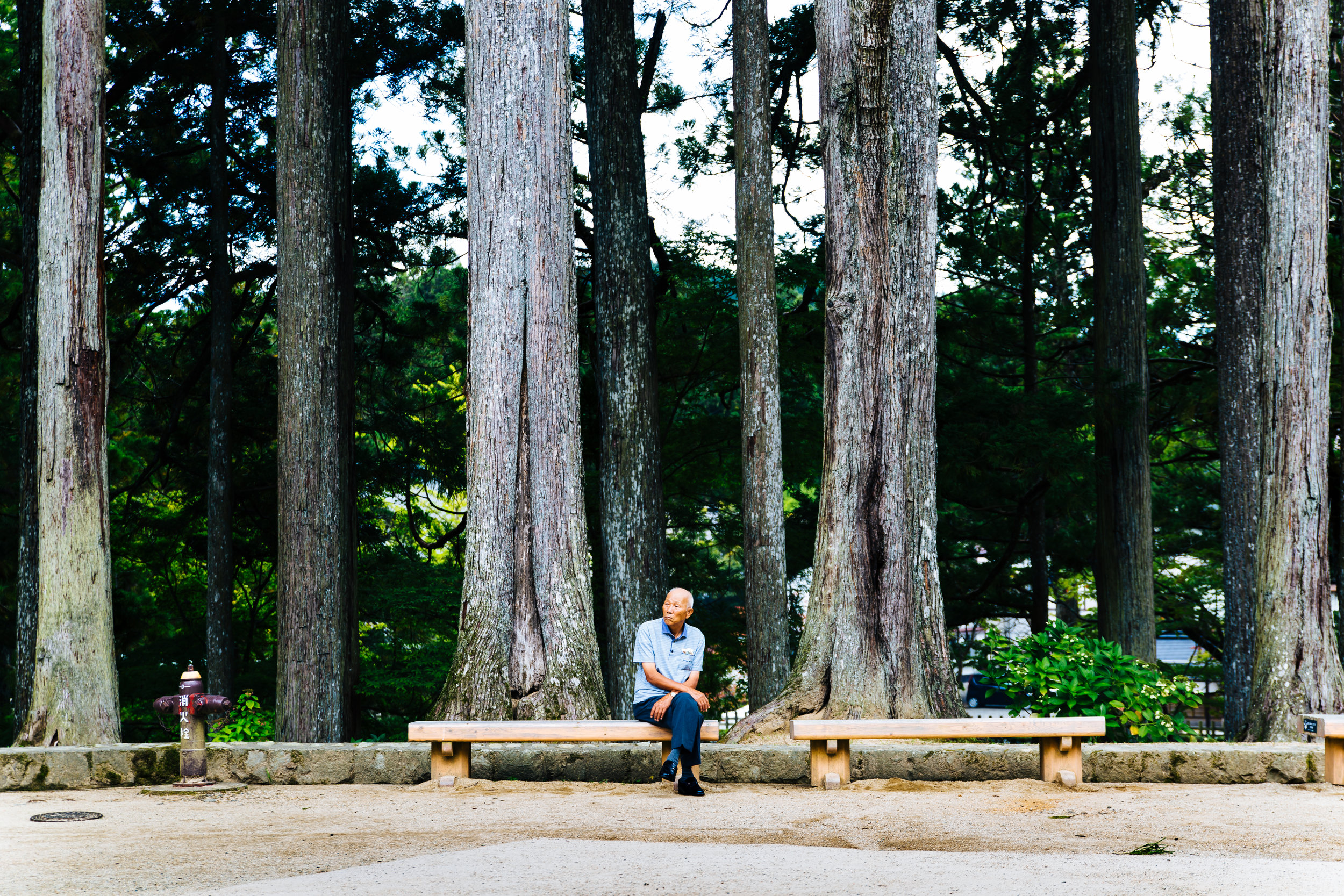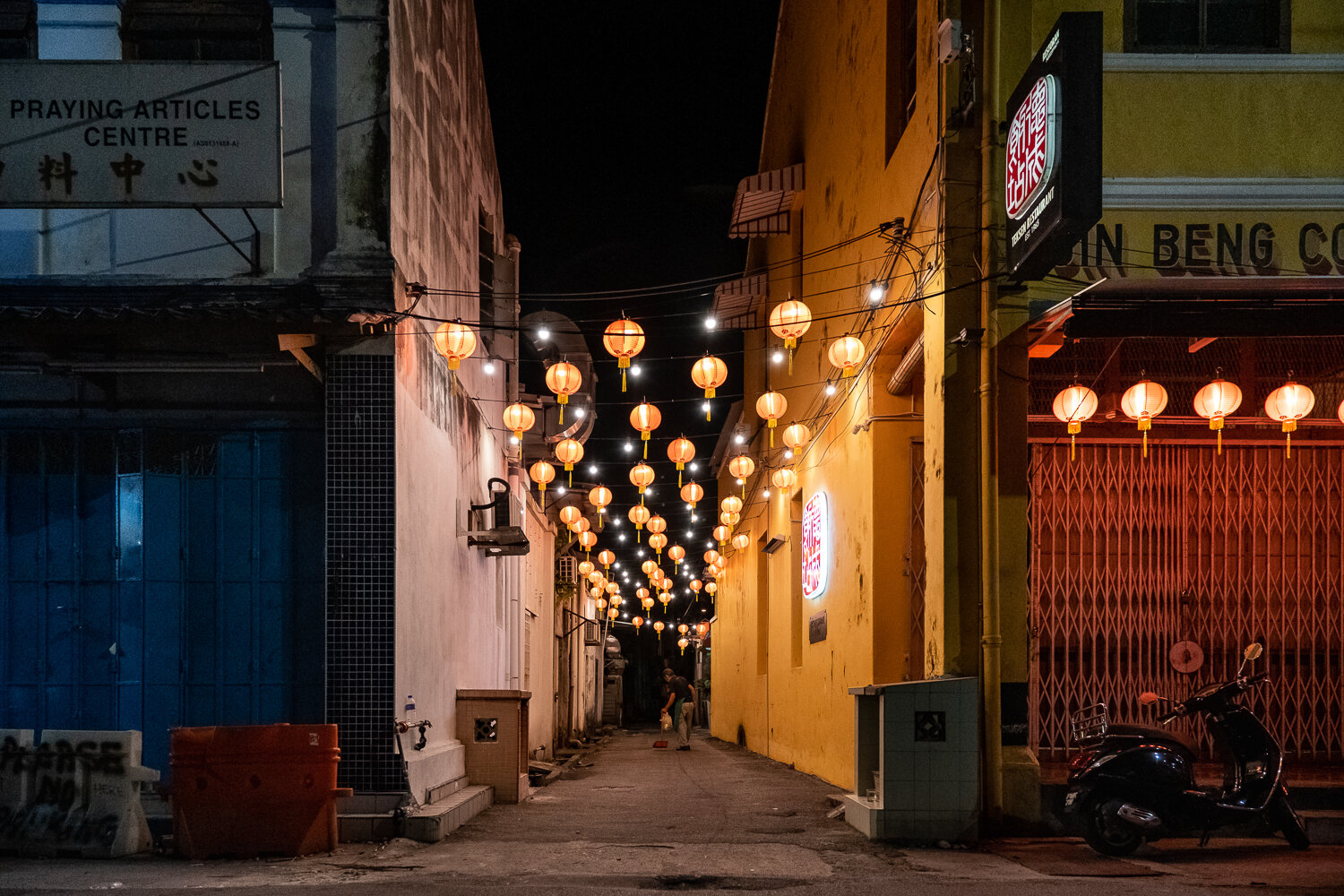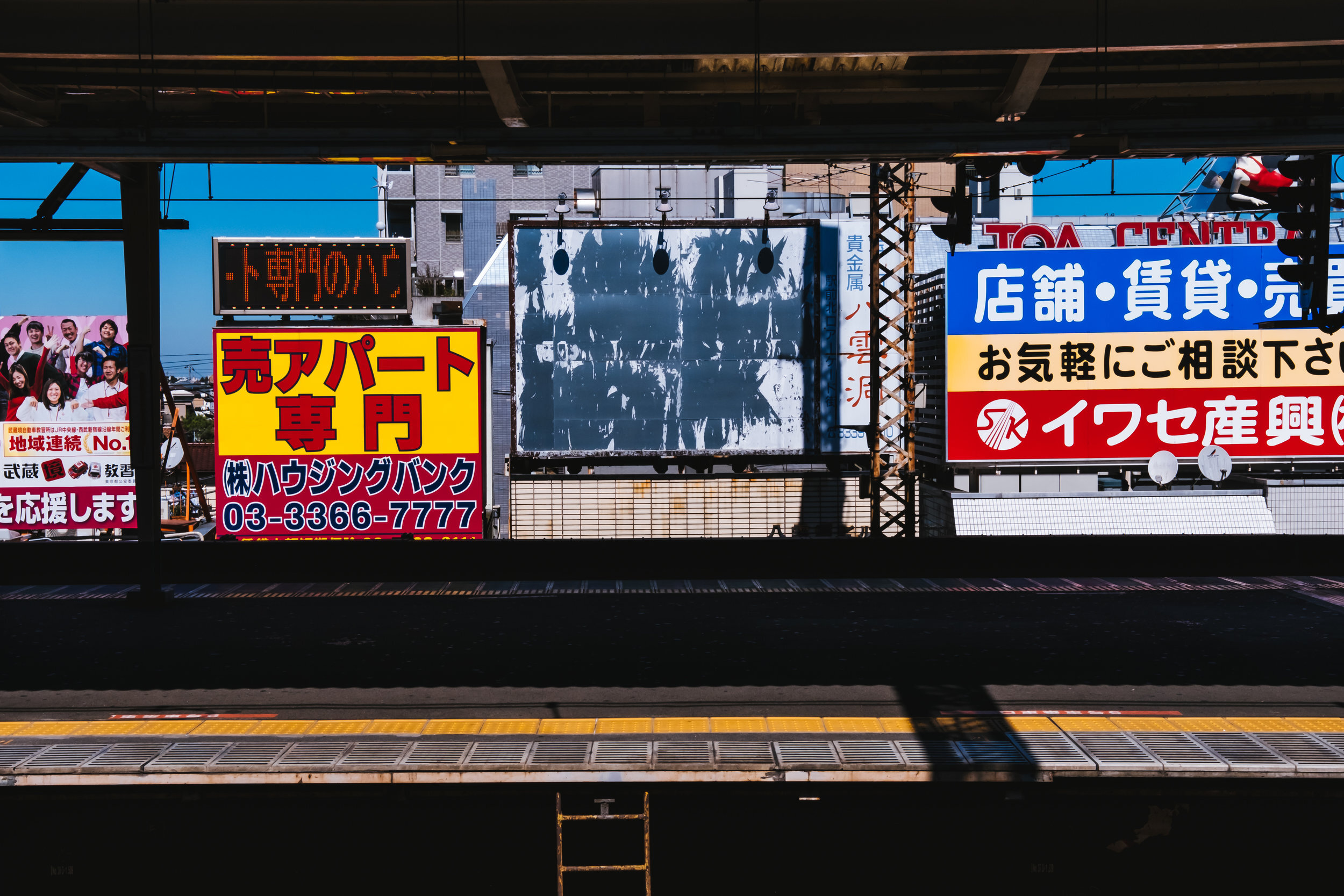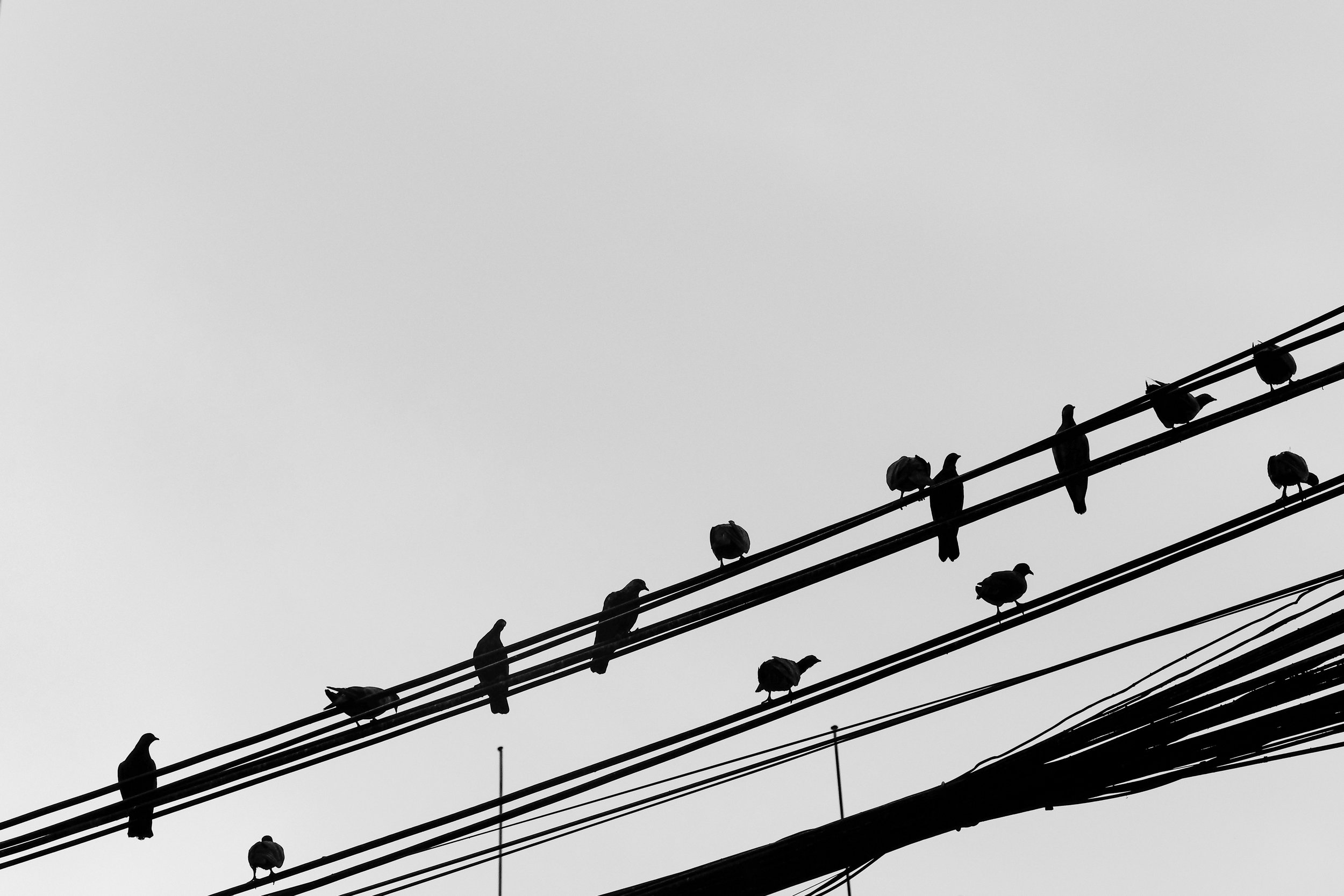Travel Photography
Koyasan, Japan Travel Photography
As a Tokyo-based freelance travel photographer, the past couple of months have been a rollercoaster. Covid-19 has caused major disruption in my business. Like others who find themselves in a similar position, I am trying to make the best of a bad situation. I am taking some of the time indoors to mark items off of my to-do list.
Many of the chores on my list have been on my mind for years, neglected or procrastinated upon because of lack of time or energy. With the state of the world in flux, I finally have the chance to attack my long ignored list. Over the past weeks I have wiped down all of my photography gear, cleaned out resources and books from my shelves, researched old Kodak Premoette cameras, organized my desk, and worked on my websites and blog. I have written thank you notes to editors and organized assignment receipts. I have even formatted every memory card I own.
One of the most time consuming tasks on the list was to overhaul my digital library, to organize the hundreds of thousands of editorial, commercial, and personal photography images that I have shot over the past few years. During my extensive digital organization I stumbled upon a misplaced folder full of images from Koyasan, Japan shot for the New York Times.
Opening the folder, I was immediately taken back to the quiet enclave nestled in the giant cedar forests of Mount Koya, one of Japan's most sacred mountains. The mainline of the images highlighted Koyasan's monastic accommodations and the sect of esoteric Buddhism that makes Koyasan one of Japan’s holiest places. There were also outtakes of the Okunoin Cemetery, the old growth forests, and details from around the quiant village.
Opening several of the files, I was transported to Koyasan and could smell the evergreen forest around me. I could hear the wind whipping through the groves of bamboo and the monks chanting at dawn. I could feel the chilled mountain air upon my skin and the afternoon sunlight that permeated the tatami room screens of my modest accommodation. I remembered how happy I was during those couple of days on Mt. Koya.
I was pleased to see some of the images land in the New York Times' travel section. I was just as happy to find the images, reminisce on my time in Koyasan, and to tuck the folder of photos into its proper place (likely to never be seen again).
Sukhumvit Zoom | Travel Photography
After spending a month on the road I was ready to be back in Japan. In the past weeks, I had tromped through Malaysia, Thailand, and Ethiopia. While I enjoy most aspects of life as a travel photographer, I missed my wife, my son, and my pillow terribly. I wanted to back in Tokyo, to be home. But a 32-hour commute between Addis Ababa and the Japanese capital seemed downright terrible so I forced a layover in Bangkok, Thailand.
It would have been easier to stay near the airport, chuck my rucksack down and have a big sleep. The relatively subdued area near Don Mueang International would have been perfect for that slumber. But for my last night of the trip, I wanted to be downtown, in the middle of the Bangkok buzz.
I like staying in downtown Bangkok where everything I could want or need can be found within blocks, accessible at any time of day or night. As a photographer based in Tokyo, I live a relatively suburban life (Tokyo is perceived to be a city that never sleeps but nothing could be further from the truth) and staying in a full-blown urban environment is a novelty that I enjoy from time to time.
It was already well into the evening by the time I got downtown. I plopped my bags on the floor of my modest hotel room and lay on the bed to take a deep breath. I thought about what I could do with the last hours of the trip. I could head to Sukhumvit Soi 3 (Soi Arab) and pick up some great falafel and check out what new souvenirs were on the road (anything from Zippo lighters adorned with the image of Saddam Hussein to pirated CDs of the latest middle-eastern pop songs). I could grab a tuk-tuk to Chinatown and get some street curry at Jek Pui. Perhaps gaze at the skyline from the Moon Bar at the Banyan Tree.
I just lay there in that comfy ass bed musing. I couldn’t seem to pull myself out of the hotel room and into the Bangkok night. As much as I wanted to engage in a seemingly infinite list of entertainment options, I couldn’t be bothered. I was simply exhausted.
But I was there… in Bangkok.
After an hour or two, I managed to get off of the bed, grabbed my camera, and walked out to get a bit to eat. I settled on Indulge, one of my favorite restaurants that is tucked next to one of the busiest intersections on Sukhumvit (the chili pork belly is amazing). After my meal, I decided to head to a nearby overpass adjacent to Asok BTS station for a view of the clogged intersection below.
I made a few frames and then just stood there watching the streets. The zoom was mesmerizing. Motorbikes, cars, trucks, tuk-tuks, people. Everything going everywhere.
The movement reminded me of the past year or so. As a professional photographer. my life has seemed to move in a hundred directions and, like the photographs I had just made, my movements were blurry and defined by the stop-and-go, bursts of speed and stillness.
For a couple of years now, I have managed to make it to the destinations assigned. I have made all of the images required. After the photos are submitted and the invoices are sent, I find myself at a metaphorical intersection where I attempt to quickly collect myself before zooming off in a new direction. But the “downtime,” still filled with an endless list of tasks, is never enough to fully recharge. The red light doesn’t stay illuminated long enough for me to truly feel ready to hit the gas again.
Don’t get me wrong. I love the zoom. Life as a photographer is largely an adrenaline rush and the job of my dreams. Yet, more and more, I appreciate the intersections, the still places where a red light binds me to the things that are actually my life’s most important.
After watching the Sukhumvit traffic blasts, I made my way back to my hotel and curled up in the pile of pillows that was so difficult to leave in the first place. I lay there waiting for the green-light-clock to signal another blast. But, this time I would be zooming to my home, to my wife and son, the intersection that holds me still and provides a haven from the zoom.
More On the Blog
George Town, Malaysia | Photo Journal
Tokyo Photo Journal #5
More Imagery From Tokyo, Japan
Postcard | Bangkok, Thailand
I am somewhere near the Yodpiman Flower Market. Its 9:07 a.m. in Bangkok and the heat is already cranked to 92F. According to my weather app, it feels like 104F. I didn’t bother taking a shower this morning. What’s the point of bathing when five minutes outside earns you a sweat coated back and knee pit swamps?
I rest in a tarpaulin cave where it is a bit cooler, but there is no air flow. I have nowhere to be. I just stand and crowd a vendor peddling strings of marigolds from a triangular split in the bottom of the tarp. I think they are marigolds. I fiddle with my camera. I know that I should be producing for my client but I am not ready for that. I am only ready to stand.
Another person walks into view outside of the deep blue tarp and stops, crowding me as well as Flowerman. Maybe I am projecting, but the new addition seems to have a similar physical reaction to the morning. Why my feeling-doppleganger choses to just stand in the sunny heat I don’t know.
I point my camera and make a photo of my new friend. Now, I no longer have to decide how long I will remain in the shade. I will let my actions be determined by my new companion’s movements. When they move on, I will move on. This little game I decide to play is new to me and, in the moment seems liberating.
Minutes pass and my friend saunters into the Bangkok heat. Without hesitation, I make my way towards the shady bits of the flower market and into the day ahead.
